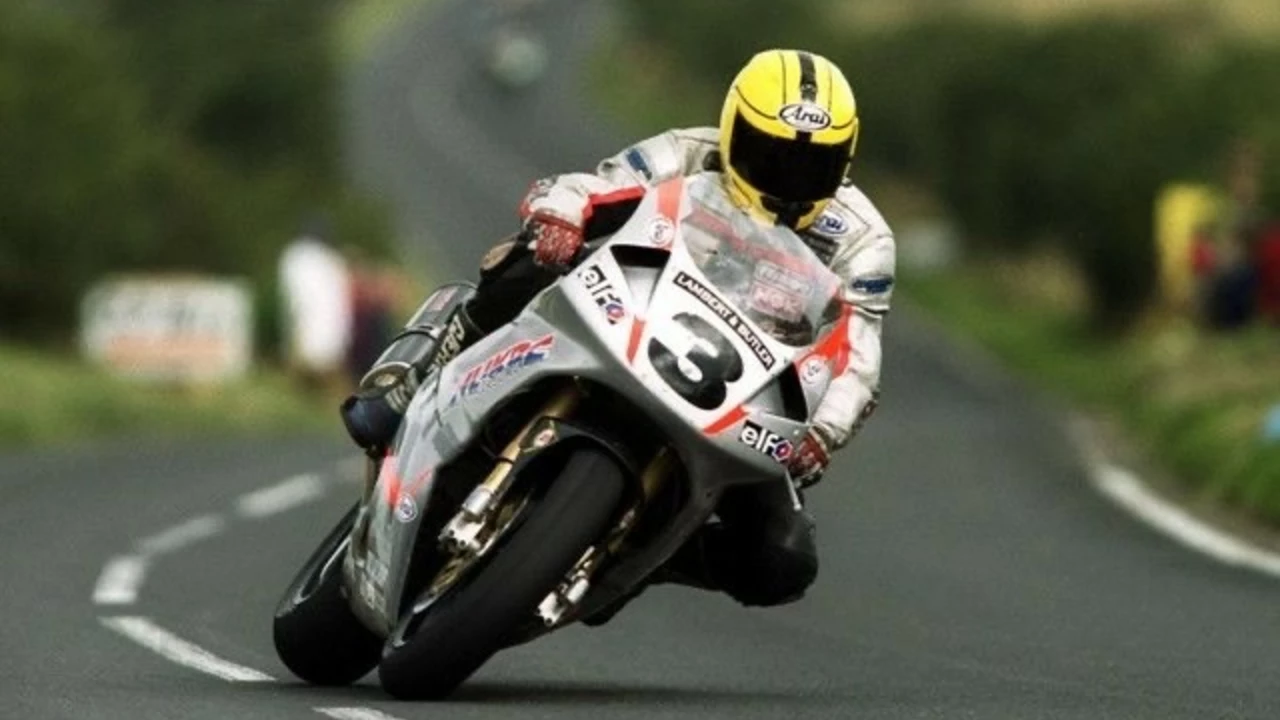Risks in Motorsport
When talking about Risks, the potential hazards that can affect racers, teams, and events in the world of motorsport. Also known as danger factors, it covers everything from high‑speed crashes to strategic missteps, the first thing to understand is that Risks aren’t just random mishaps – they are built into the sport. Motorsport safety, the practices and technologies aimed at protecting participants tries to shrink the danger zone, but the sport’s very nature means risk stays present. In short, Risks encompass safety concerns and they require careful assessment before every practice run or race weekend.
One big chunk of risk comes from the length and intensity of events. Endurance racing, long‑duration competitions like Le Mans or the Dakar Rally pushes cars, crews, and drivers to the limit. The longer the race, the more chances for fatigue‑induced errors, mechanical failure, or sudden weather changes. That’s why Endurance racing intensifies risks due to prolonged exposure. Articles in our collection talk about the 24‑hour Le Mans grind, the brutal Baja 1000, and how teams plan pit stops to balance speed with safety. Understanding these pressures helps you see why the “biggest risk” isn’t always the fastest lap but the cumulative strain over hours of nonstop action.
Even on a short sprint, the human factor is a huge risk driver. Driver performance, the skill, decision‑making, and physical condition of the racer can turn a clean run into a crash in an instant. A missed braking point at the Indy 500 qualification, or a tactical gamble like Xabi Alonso’s formation play that sparked Mbappé’s surge, both illustrate how split‑second choices carry massive risk. Driver performance influences the level of risk during a race, and that’s why training, mental prep, and even nutrition become part of a risk‑management plan. Our posts on obsessive racing fans, career paths in motorsport journalism, and the most grueling car races all underline how personal drive mixes with real‑world danger.
Finally, the way teams plan their moves can add or shave risk. Race strategy, the tactical approach to tyre choice, fuel loads, and overtaking plans is a double‑edged sword. A bold undercut might win you a podium, but it also raises the chance of a mis‑timed pit stop or a tyre failure on a high‑speed straight. Race strategy can either mitigate or amplify risks, and watching rivalries like McIlroy vs DeChambeau shows how personal ambition fuels strategic risk on the course. By the time you scroll through the articles below, you’ll have a full picture of how safety tech, endurance demands, driver skill, and strategic choices all intersect to shape the risk landscape in motorsport.

